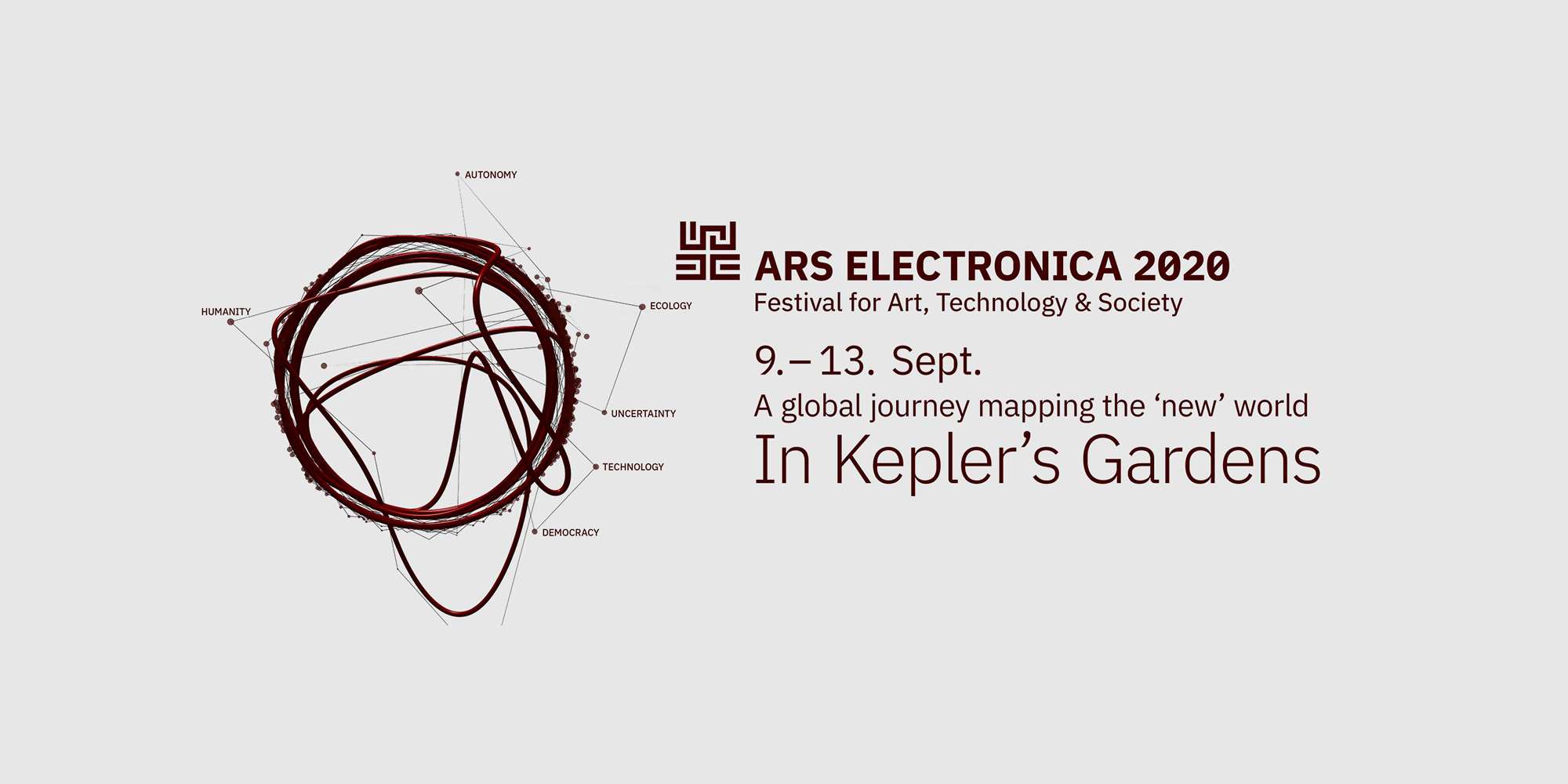Robotics

Sarah Petkus’s Noodle Feet visits the Pavilion of Knowledge
Sarah Petku’s Robot called Noodle Feet is visiting the Pavilion of Knowledge. Join and find out how the Pavilion of Knowledge looks like.

Future Life Exhibition
Curated by: Karin Ohlenschläger
Marco Barotti (IT), Clams, interactive installation, 2019 Disnovation.org (FR), Online Culture Wars (in collaboration with Baruch Gottlieb, 2018/19; The Persuadables), video, 2019 Quimera Rosa (ES/FR), Trans*Plant: May the Chlorophyll Be With/In You, mix-media installation, work in progress since 2016 Anna Ridler (GB), Mosaic Virus, GANs generated video installation, 2019 Robertina Sebjanic (SI) & Gjino Sutic (HR), Aqua Forensic, installation, 2018
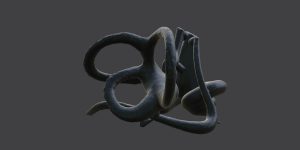
Ars Electronica Barcelona Garden Show
EXHIBITION: The show will present the most recent productions and acquisitions of .BEEP {collection;}: the historical works Das tangible Bild and The Endless Sandwich both by Peter Weibel and Vestibular_1 by Albert Barqué-Duran & Marc Marcenit. Three brand new works will also be exhibited, produced thanks to grants awarded to Mónica Rikić by New Home of Mind, Roc Parés by Doble Consciència and Santi Vilanova (Playmodes) by Forms. The three projects have been selected through a public call of the Institut Ramon Llull, NewArtFoundation and Hangar.

Facing Uncertainty and Its Discontents
Pau Alsina (ES), Roc Parés (ES/MX), Marina Garcés (ES), Joan Soler-Adillon (ES), Tere Badia (ES), Pau Waelder (ES).
ROUNDTABLE: While we get used to dealing with those events in which the probability of a certain situation occurring is not known: what does it mean to live in a context of uncertainty? How to take the risk of uncertainty and try to slide their gains? How arts, sciences, technologies and thought have learned from it and propelled their practices of uncertainty?

EXSOMNIUM
Danny Bazo (US), Marko Peljhan (SI/US), Karl Yerkes (US)
From 2013 to 2016, Marko Peljhan, Karl Yerkes and Danny (Daniel) Bazo developed the SOMNIUM project, dedicated to the research and representation of exoplanetary worlds in our galaxy. The work was the result of a three year research residence at the SETI Institute. EXSOMNIUM is its evolved computational continuation.
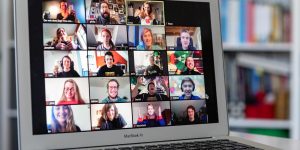
Jugend hackt remote: digital gardening
Jugend hackt Austria (AT), c3 (HU), mb21 (DE), ArtechLAB (NL), Ars Electronica (AT)
Wir präsentieren das Ergebnis von Jugend hackt remote: digital gardening, einem Hackathon für Jugendliche von 12 bis 18 Jahren. Er fand am 29. August statt und lud junge ProgrammiererInnen aus Österreich, Deutschland, Ungarn und den Niederlanden ein.
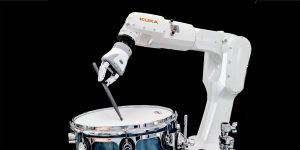
robodrum
Das Projekt robodrum ist ein Roboter-Setup, das aus vier mit Trommeln ausgestatteten KUKA-Roboterarmen besteht. Es geht nicht darum, eine menschliche Leistung exakt nachzubilden oder besser oder schneller als ein Mensch zu sein. Stattdessen handelt es sich um ein algorithmisches System, das es den Besucher*innen ermöglicht, akustische Spuren zu hinterlassen.
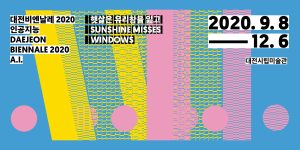
Panel – Daejeon Biennale 2020
AI: Sunshine Misses Windows Garden has a long history as the form of art in Korea. Garden is more than a place for enjoyment of plants and other forms of nature. It embodiment of a philosophy of life. The garden reflects the transformation of a vaster cosmic universe. If we glimpse at garden with the lens of Artificial Intelligence, garden is the special time and space where nature and human beings coexist, society and human beings interact, and human beings and A.I. pursue co-evolution.
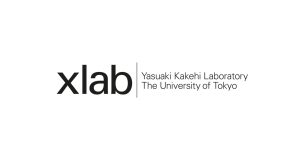
Yasuaki Kakehi Laboratory, The University of Tokyo
Yasuaki Kakehi (JP)
Under what kind of environment do they continue to create works which are part of University lab’s research? What equipment do you use? What kind of process do students carry out? We take a deep dive into the Lab from different perspectives, including how Ars Electronica is positioned for education.
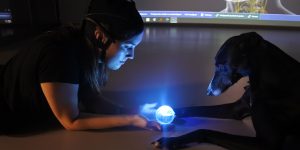
Sneak Peak into DDTlab (360° video view)
RUK – DDTlab (SI), AFormX (SI), Arctur (SI), Yaskawa (SI), STPŠ (SI)
In DDTlab we developed several projects where we linked the human brain and output devices. The NeuroFly project involves flying an airplane using only brain waves, while NeuroRobo will have you manipulating the movements of robots with thoughts.
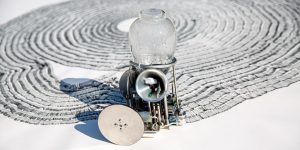
Machine in Flux - Wood
Sunjoo Lee (KR), Ko de Beer (NL)
Eine Dokumentation und Kartografie der Zeit und der Umwelt – inspiriert durch den Wachstumsvorgang von Jahresringen an Bäumen. Feinfühlend reagiert die Maschine auf Änderungen der Licht-, Wind-, Temperatur- und Luftfeuchtigkeitsverhältnisse sowie Geräusche. Die wechselhaften Umweltbedingungen werden mit Tinte auf Papier aufgezeichnet.
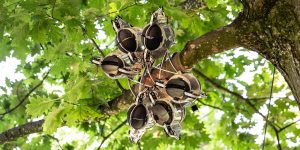
A Diverse Monoculture
Jip van Leeuwenstein (NL)
A Diverse Monoculture ist eine neue Familie artifizieller Arten, die zusammen einen Bienenstock von neuen Raubtieren bilden. Diese Raubtiere werden eingesetzt, um das Gleichgewicht in unserem Ökosystem wiederherzustellen. Das erste Roboter-Raubtier in der Familie ist die Dionea Mechanica Muscipula, eine Kreatur, die dazu bestimmt ist, Eichenprozessionsspinner anzulocken und zu verdauen. Die Dionaea Mechanica Muscipula wurde entwickelt, um die Population der Eichenprozessionsspinner (eine große Plage in den Niederlanden) zu reduzieren.
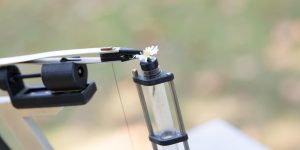
lovesmenot
Sebastian Wolf (DE)
lovesmenot ist Teil einer fortlaufenden Reihe von Automata, die unsere Beziehung zu Maschinen und die Absurdität der Überautomatisierung hinterfragen. In dieser Arbeit zupft eine Maschine nacheinander die Blütenblätter einer Margerite und sucht nach Antworten auf eine Frage, die dem Betrachter niemals offenbart wird.
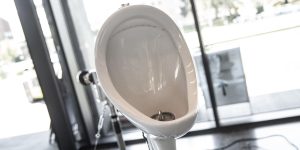
Elsa On The Moon
Mathieu Zurstrassen (BE)
Elsa on the Moon ist eine kinetische Skulptur zu Ehren von Elsa von Freytag Loringhoven, einer exzentrischen Baronin und Zeitgenossin von Marcel Duchamp; ihr wird die Schöpfung *Fountain* von 1917 nicht ganz eindeutig zugeschrieben - oder war es Louise Norton? Das Werk besteht aus einem Roboterbein, das mit einem Keramikurinal bedeckt ist. Das Gerät wird durch einen verlängerten Aluminiumarm mit Gegengewichten ausbalanciert.
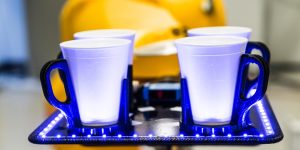
Robots in Action - fast and sensitive!
Institute of Robotics, Johannes Kepler University Linz (AT)
Roboter können stark und empfindlich zugleich sein! Sie können sich extrem schnell bewegen, aber auch zerbrechliche Objekte wie Champagnergläser handhaben. Stellen Sie sich vor, Sie möchten ein Tablett mit mehreren gefüllten Gläsern tragen, ohne die Flüssigkeit zu verschütten – und noch mutiger, könnten Sie vielleicht versuchen, das Tablett über dem Kopf zu schwenken. Die meisten von uns werden bei diesem artistischen Versuch scheitern und die Gläser zerbrechen. Aber unsere Roboter sind intelligent und wendig genug, um genau solche Aufgaben zu erfüllen. Das Institut für Robotik der JKU wird sein Labor öffnen und zeigen, was moderne Industrierobotik bedeutet und dass sie Spaß machen kann.

Magic Darts or, when every throw is a perfect hit
Andreas Stelzer (AT), Rudolf Scheidl (AT)
Darts is a popular game, but difficult to master. In this version of darts, players always hit the bullseye. What looks like witchcraft is revealed as a mechatronic system, with a novel microwave sensor network and ultrafast hydraulic actors interacting. Such technologies will affect our future daily life, e.g. in self driving cars, with microwaves allowin us to see in the dark, with fog or dust; or in exoskeletons, where hydraulic actuation enables ultimate compactness.
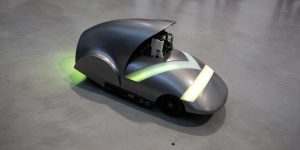
K – JKU’s Interactive Robocar
Institute for Machine Learning, LIT AI Lab, LIT Robopsychology Lab, Johannes Kepler University (AT); Inseq Design (AT)
K ist ein sympathisches kleines Robocar: Gemessen an der Größe klein, aber in der Ausstattung sehr schlau! Benannt nach dem berühmten Mäzen der JKU, Johannes Kepler, fährt es selbstständig auf wechselndem Terrain, kann die Bewegungsmuster von Fußgängern vorhersagen und interagiert spielerisch mit seiner Umgebung.

Robots Talking To Me
LIT Robopsychology Lab, Johannes Kepler University (AT)
Wie sollen Roboter mit Menschen kommunizieren? Welche Stimme sollen KI-Assistenten haben, damit wir ihnen vertrauen können? Müssen wir überhaupt auf Zeichen und Worte von Robotern hören oder sollen wir immer selbst das Sagen haben? Unter dem Titel Robots Talking to Me präsentiert das *LIT Robopsychology Lab* vier Installationen, die psychologische Fragen von Mensch-Maschine-Beziehungen erlebbar machen und zum Mitmachen einladen.
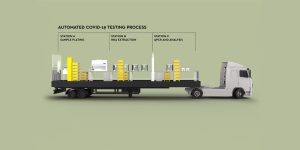
CONTAIN - Mobile COVID19 Emergency Testing Facilities
Open Cell (UK)
CONTAIN units are rapidly deployable COVID-19 testing laboratories housed in shipping containers. The design allows transportation to any location through standard shipping services. Automated RT-qPCR protocols can deliver 2,400 tests per unit in 24 hours.

The Wild State
Campus
THE WILD STATE is the title of this year’s Kunstuniversität Campus activities at Hauptplatz Linz during Ars Electronica Festival 2020 from 9. – 13. September 2020. Existing since 2002, the intention of the Campus format is to invite outstanding international universities working in the academic fields of media arts and design. This year with an exhibition with contributions by various partner universities, as well as the departments Interface Cultures, Visual Communication, Fashion&Technology, Art Education, and Design: Tech.Tex. Special events comprise façade projection “Interfacing Hauptplatz”, the Internet flea market “Yami-ichi”, discursive format “Agora Digitalis” and the top notch nightline “Sound Campus”.
